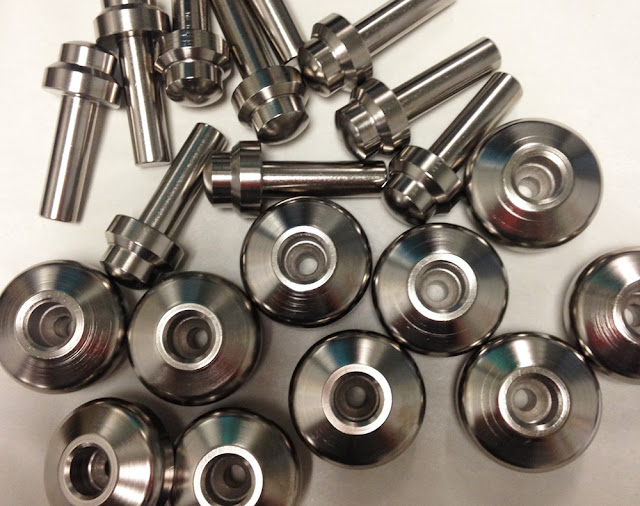The Electroplating Market Changing Landscape: Opportunities And Challenges
 |
| Electroplating Market |
A crucial component in enhancing the aesthetic appeal and functionality of various products is achieving stunning surface finishes through manufacturing and design. This kind of plating is one method that is very important in making these interesting finishes. An electrochemical reaction is used to deposit a layer of metal onto a surface in this process, which is also known as electrode position.
According to Coherent Market Insights the global Electroplating
Market is estimated to reach US$
27.30 Billion by the end of 2030, in terms of revenue.
The art of this plating lies in the meticulous craftsmanship
required to achieve flawless finishes. Skilled technicians carefully prepare
the surface, ensuring it is clean and smooth, to ensure optimal adhesion of the
metal layer. They masterfully control factors such as current density, bath
composition, and temperature to attain the desired thickness and uniformity of
the plated layer. It is through their expertise and attention to detail that
the artistry of this plating is brought to life.
This electroplating extends the lifespan and performance of
items in a variety of industries, including electronics, aerospace, and
automotive, by enhancing wear resistance, corrosion resistance, and surface
hardness.
The perfect marriage of artistic skill and scientific
accuracy can be seen in this plating. Surfaces are transformed by this
harmonious combination, enhancing both their functional and aesthetic
qualities. Electro plating’s art and science continue to push the limits,
opening up new ways to improve surfaces with unparalleled precision. The object
to be plated, known as the substrate, is then immersed in an electrolyte
solution containing metal ions specific to the desired finish. These metal ions
are usually derived from a metal salt, such as gold chloride for gold plating
or nickel sulphate for nickel plating.
An electric current is passed through the electrolyte
solution, causing the metal ions to be attracted to the substrate. This results
in the deposition of a thin layer of metal onto the surface. The intensity and
duration of the current determine the thickness of the deposited layer. To
achieve a uniform and flawless finish, the object may need to be rotated or
agitated during the plating process.
One of the secrets to achieving stunning surface finishes
through Electroplating Market
lies in the selection of the metal used for plating. Different metals offer
unique properties and appearances, allowing for a wide range of finishes. For
example, gold plating can impart a luxurious and prestigious look, while nickel
plating offers excellent corrosion resistance and a lustrous, silver-like
appearance. Additionally, the addition of alloying elements or specialized
plating techniques, such as electro less plating, can further enhance the
finish.


Comments
Post a Comment